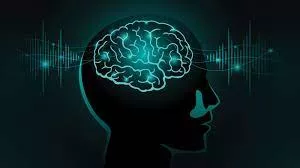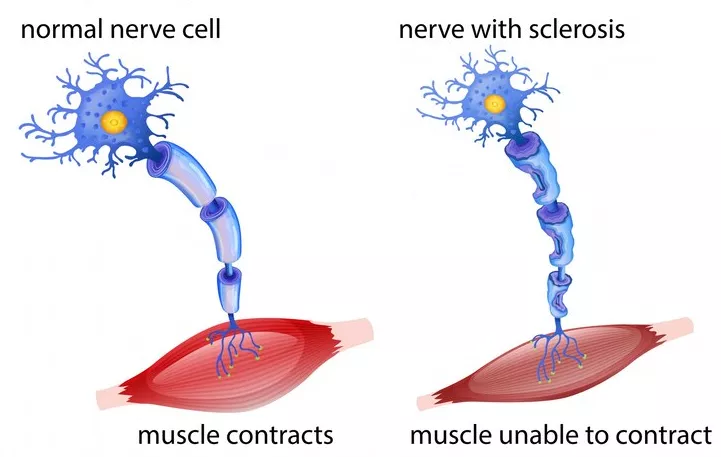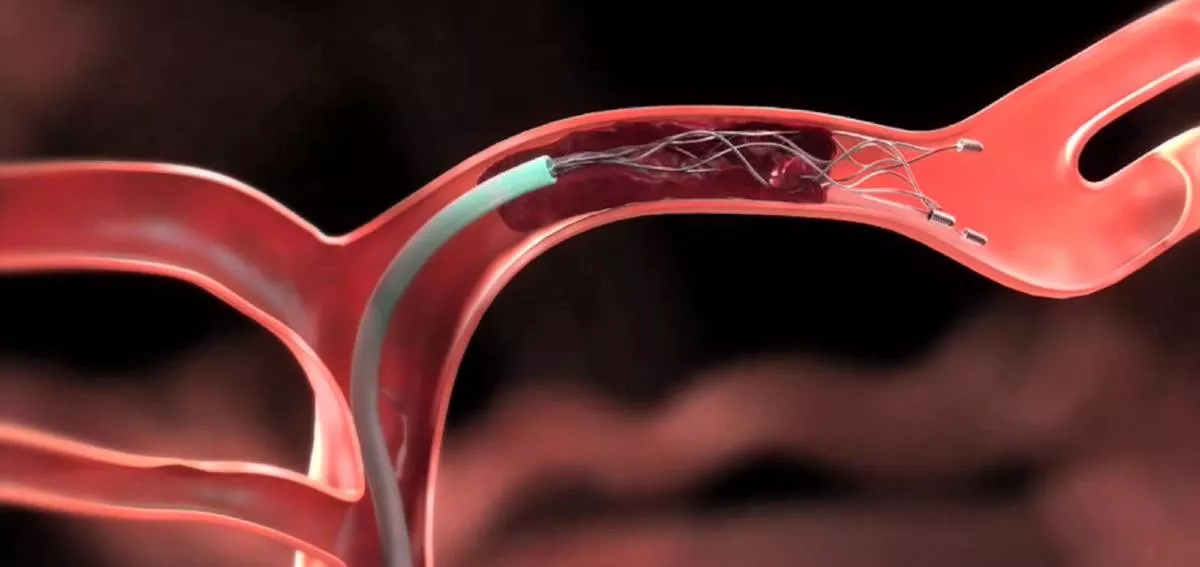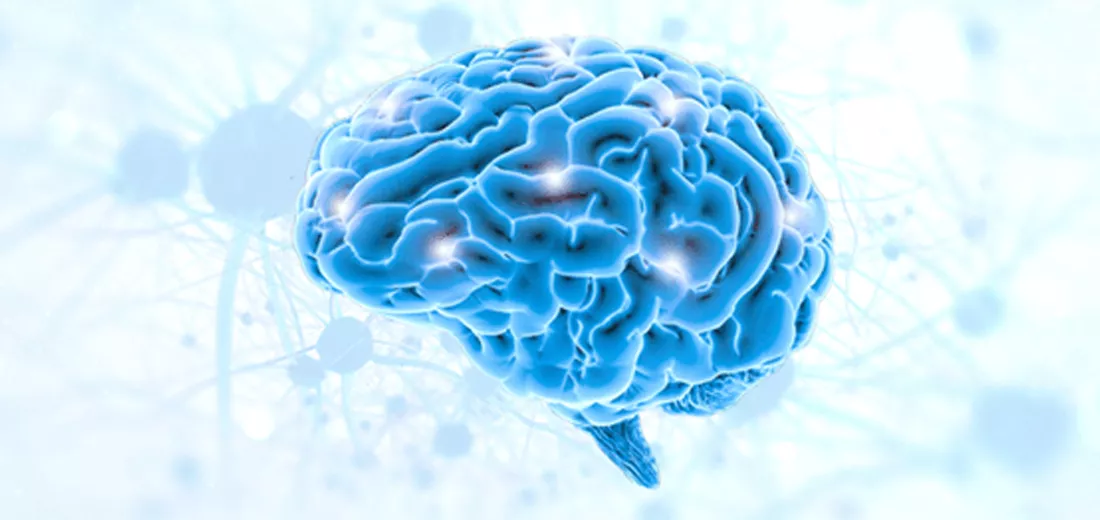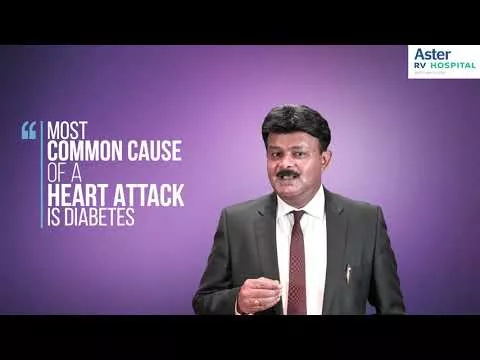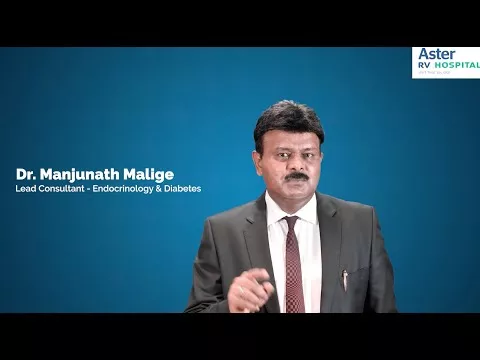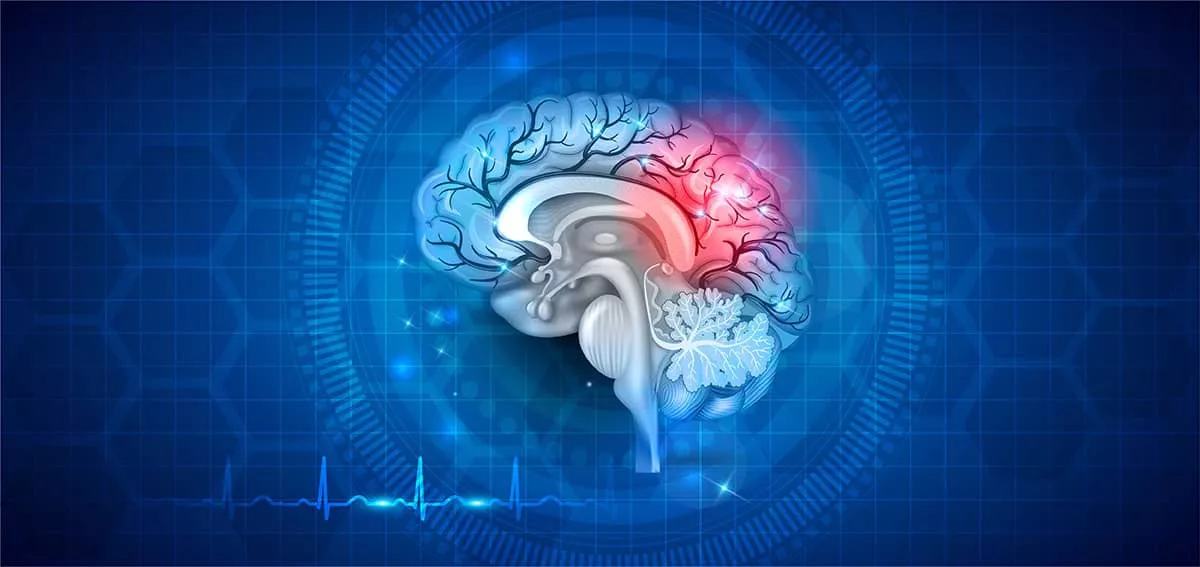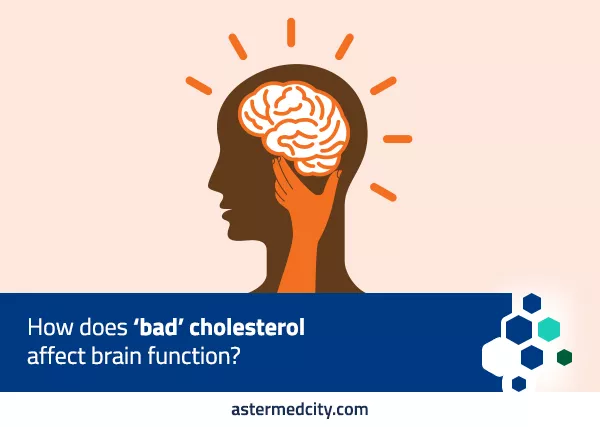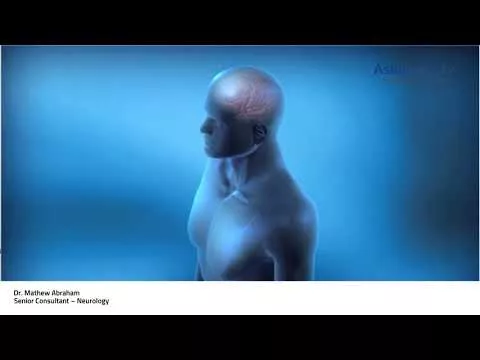When we think of stroke, we often associate it with older adults. However, strokes can and do occur in younger individuals, including those in their 20s, 30s, and 40s. While stroke in young adults is less common than in older populations, its occurrence is rising, and understanding the unique causes and risk factors is essential for prevention and early intervention.
In this blog, we will explore what causes strokes in young adults, the associated risk factors, and how individuals in this age group can protect themselves.
1. Types of Stroke in Young Adults
Strokes in young adults, much like in older individuals, are broadly classified into two types:
Ischemic Stroke: This is the most common type of stroke, caused by a blockage in an artery that supplies blood to the brain. This blockage can result from a blood clot (thrombus) or an embolism, which travels from another part of the body to the brain.
Hemorrhagic Stroke: Less common but more deadly, this type occurs when a blood vessel in the brain ruptures, causing bleeding in or around the brain.
2. Causes of Stroke in Young Adults
While the underlying mechanisms of stroke are similar in all age groups, certain causes are more prevalent in younger adults:
a) Heart Conditions
Young adults with certain cardiovascular conditions are at higher risk of stroke. Conditions such as congenital heart defects, arrhythmias (irregular heartbeats), and patent foramen ovale (PFO)—a small hole in the heart—can increase the likelihood of blood clots forming and traveling to the brain, causing a stroke.
Atrial fibrillation (AFib): Although more common in older adults, AFib—a condition where the heart beats irregularly—can occur in younger people and significantly raises the risk of stroke due to the formation of blood clots in the heart.
b) Arterial Dissections
Arterial dissections are a leading cause of ischemic stroke in young adults. This occurs when a tear forms in the lining of an artery, allowing blood to enter the arterial wall and form a clot. Cervical artery dissections, affecting the arteries in the neck, can happen due to trauma, injury, or even sudden movements like twisting or stretching.
Young adults engaging in vigorous activities, sports, or even simple movements such as sudden neck twisting may be more susceptible to arterial dissections.
c) Blood Clotting Disorders
Certain inherited or acquired conditions that affect blood clotting can increase the risk of stroke in young adults. Thrombophilia, a disorder where the blood clots more easily than normal, can lead to strokes even at a young age. Conditions such as Factor V Leiden mutation, antiphospholipid syndrome, and protein C or S deficiency are examples of such clotting disorders.
d) Drug Use
The use of illicit drugs, particularly cocaine and methamphetamines, is a well-known risk factor for stroke, even among young people. These substances can cause spikes in blood pressure, arterial damage, and increased clotting, leading to both ischemic and hemorrhagic strokes.
Additionally, excessive use of alcohol and nicotine has been linked to an increased risk of stroke, particularly when combined with other lifestyle or genetic risk factors.
e) Birth Control Pills and Hormonal Therapy
Oral contraceptives, especially those containing higher doses of estrogen, have been linked to an increased risk of stroke in women, particularly when combined with smoking or a history of migraines with aura. Hormonal therapy, used for gender transitioning or other medical reasons, can also increase the risk if it affects clotting mechanisms in the body.
f) Migraine with Aura
While not fully understood, research has found that people, particularly women, who experience migraines with aura have a slightly higher risk of stroke. The exact connection between these migraines and stroke is unclear, but it may be related to changes in blood vessels in the brain during a migraine attack.
g) Autoimmune Disorders
Certain autoimmune conditions, such as lupus, rheumatoid arthritis, and antiphospholipid syndrome, can increase inflammation in the blood vessels and raise the risk of stroke. These conditions may also lead to clotting abnormalities, contributing to an increased stroke risk among young adults.
h) Infections
Certain infections can elevate stroke risk, particularly those that affect the cardiovascular system or cause inflammation. For example, endocarditis, an infection of the heart valves, can lead to blood clots that travel to the brain. Similarly, severe infections like HIV and COVID-19 have been linked to a higher incidence of stroke in younger populations due to their inflammatory effects on the body.
3. Lifestyle Risk Factors
Beyond medical conditions, lifestyle factors can also significantly contribute to stroke risk in young adults:
- Smoking: One of the leading preventable causes of stroke, smoking increases the risk of both ischemic and hemorrhagic stroke by damaging blood vessels, raising blood pressure, and increasing the likelihood of blood clots forming.
- Obesity and Poor Diet: A diet high in unhealthy fats, sodium, and processed foods can lead to obesity, high cholesterol, and high blood pressure, all of which are risk factors for stroke.
- Sedentary Lifestyle: Lack of physical activity can contribute to high blood pressure, obesity, and poor cardiovascular health, all of which increase stroke risk.
- Chronic Stress: Long-term exposure to stress can raise blood pressure, affect heart health, and contribute to behaviors such as smoking or poor eating, further raising stroke risk.
4. Prevention: How Young Adults Can Reduce Stroke Risk
While some causes of stroke are related to genetic or medical conditions, many strokes can be prevented by making healthy lifestyle choices and managing underlying risk factors.
a) Regular Health Checkups
Even young adults should regularly monitor their blood pressure, cholesterol levels, and heart health. Early detection and management of conditions like hypertension and high cholesterol can significantly reduce stroke risk.
b) Quit Smoking and Limit Alcohol
Smoking is one of the most significant contributors to stroke, so quitting smoking is crucial for lowering stroke risk. Additionally, limiting alcohol consumption can prevent both ischemic and hemorrhagic strokes.
c) Maintain a Healthy Diet and Weight
A heart-healthy diet rich in fruits, vegetables, whole grains, lean proteins, and healthy fats can help reduce stroke risk by controlling blood pressure, cholesterol, and weight. Avoiding processed foods, excessive salt, and saturated fats is key to maintaining a healthy cardiovascular system.
d) Stay Physically Active
Regular physical activity helps maintain a healthy weight, lowers blood pressure, and improves overall cardiovascular health. Young adults should aim for at least 150 minutes of moderate aerobic activity, such as brisk walking, each week.
e) Manage Stress
Stress management techniques, such as mindfulness meditation, yoga, and regular exercise, can help reduce the harmful effects of chronic stress on the heart and blood vessels.
5. Recognizing Stroke Symptoms in Young Adults
Strokes can happen to anyone, regardless of age, so recognizing the signs and symptoms is critical for young adults. Use the FAST acronym to quickly identify potential stroke symptoms:
- Face: Is one side of the face drooping?
- Arms: Is one arm weak or numb? Can the person raise both arms?
- Speech: Is speech slurred or difficult to understand?
- Time: If you notice any of these symptoms, call emergency services immediately—time is critical in treating strokes.
- Other stroke symptoms to watch for include sudden confusion, difficulty seeing in one or both eyes, sudden dizziness or loss of balance, and severe headache with no known cause.
6. Conclusion: Be Proactive About Stroke Prevention
Stroke in young adults may be less common, but it is a growing concern. By understanding the causes and risk factors, young people can take proactive steps to reduce their stroke risk. Early detection of underlying conditions, leading a heart-healthy lifestyle, and being aware of stroke symptoms can significantly improve outcomes and reduce the likelihood of a stroke.
Even if you're young and healthy, it’s essential to prioritize your cardiovascular health and recognize that stroke can happen at any age. By staying informed and making healthy choices, you can protect yourself from this life-altering condition.



